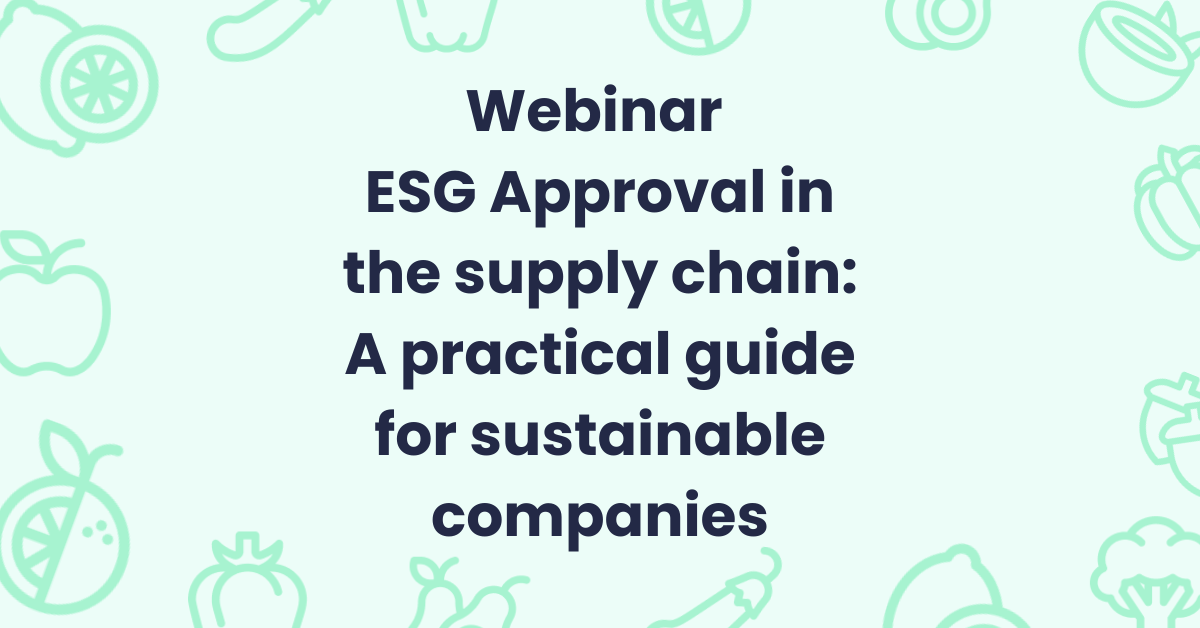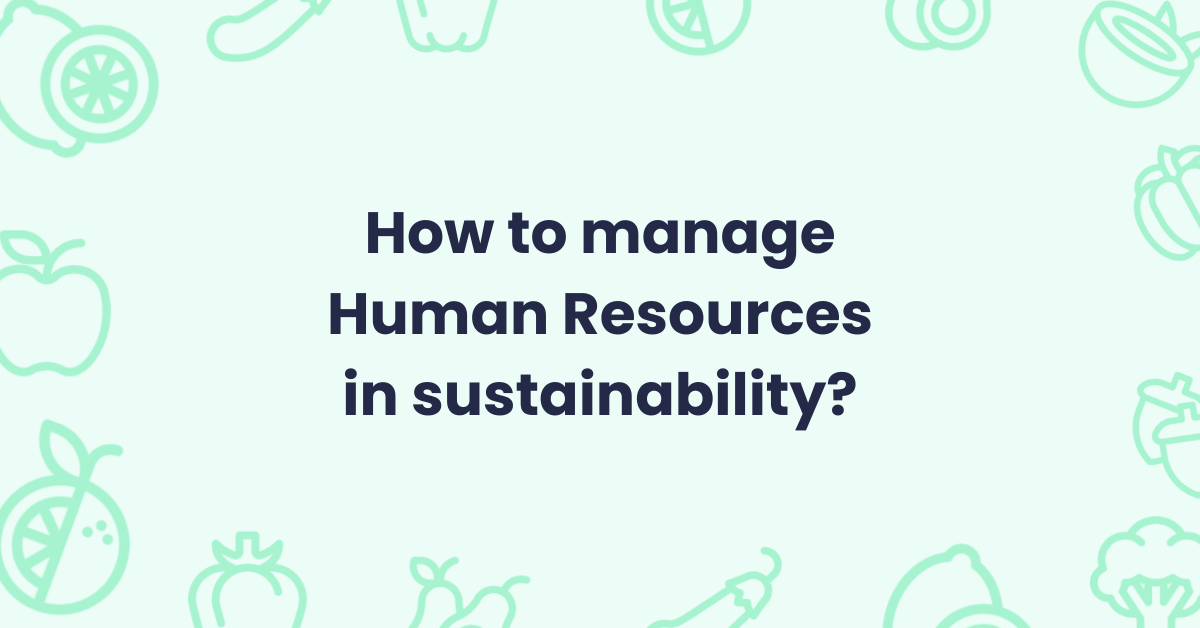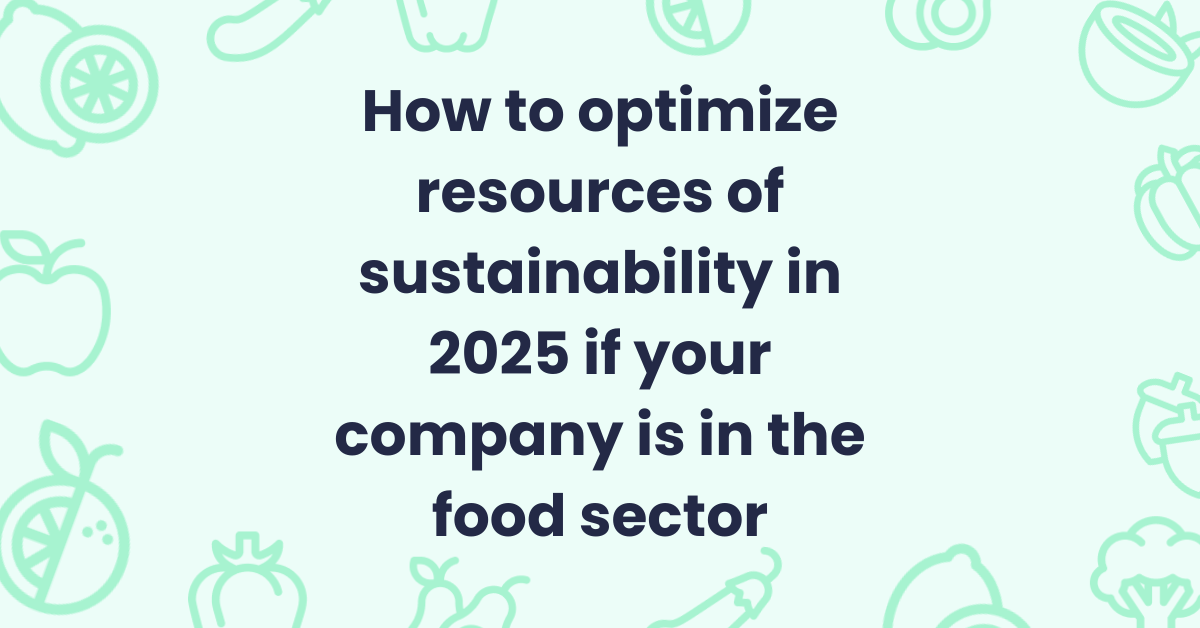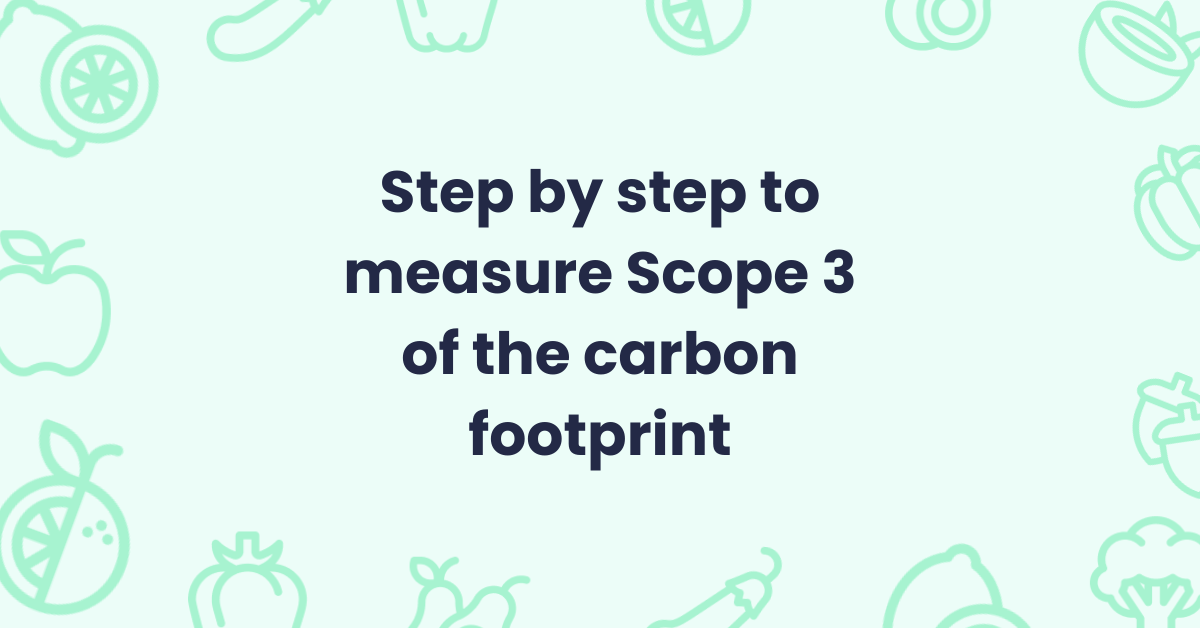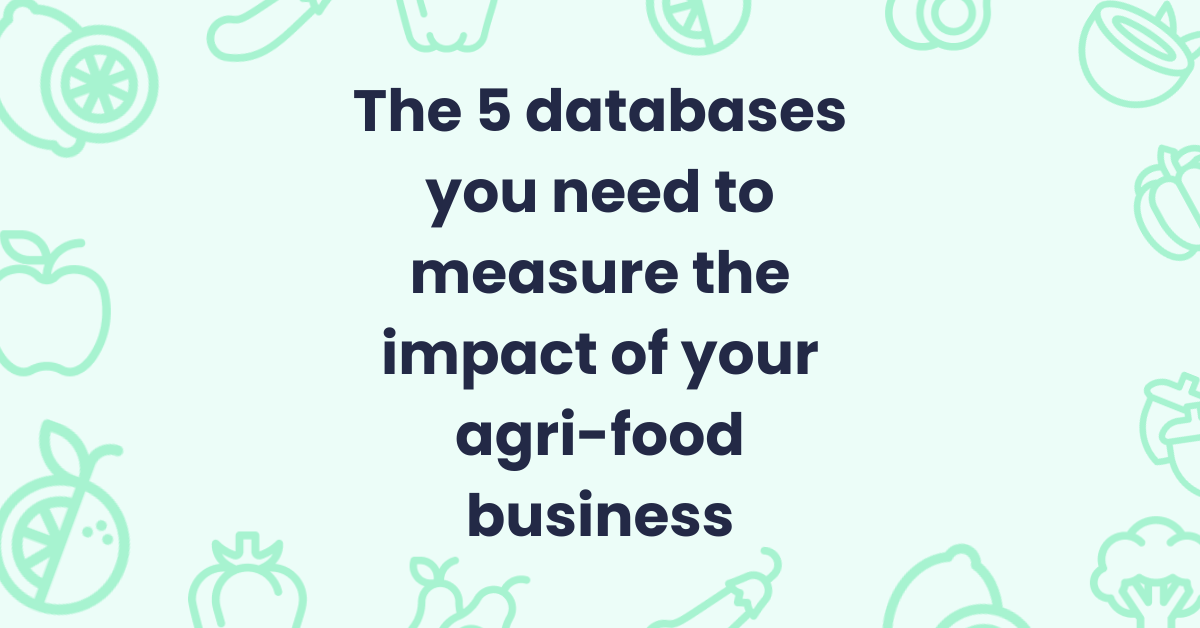
The 5 databases you need to measure the impact of your agri-food business
The agri-food sector is one of the most complex and demanding in terms of sustainability, traceability, and safety. Due to its characteristics and significance, it is essential to assess its environmental impact at every stage of the process to make informed decisions that could affect the entire population. However, the

